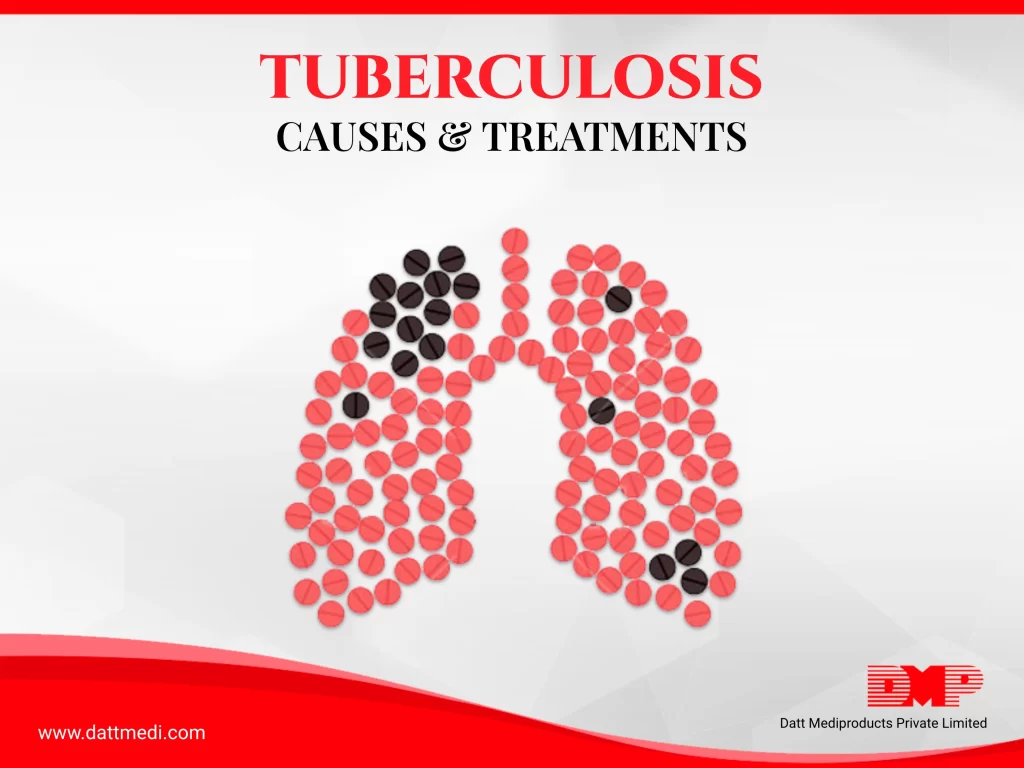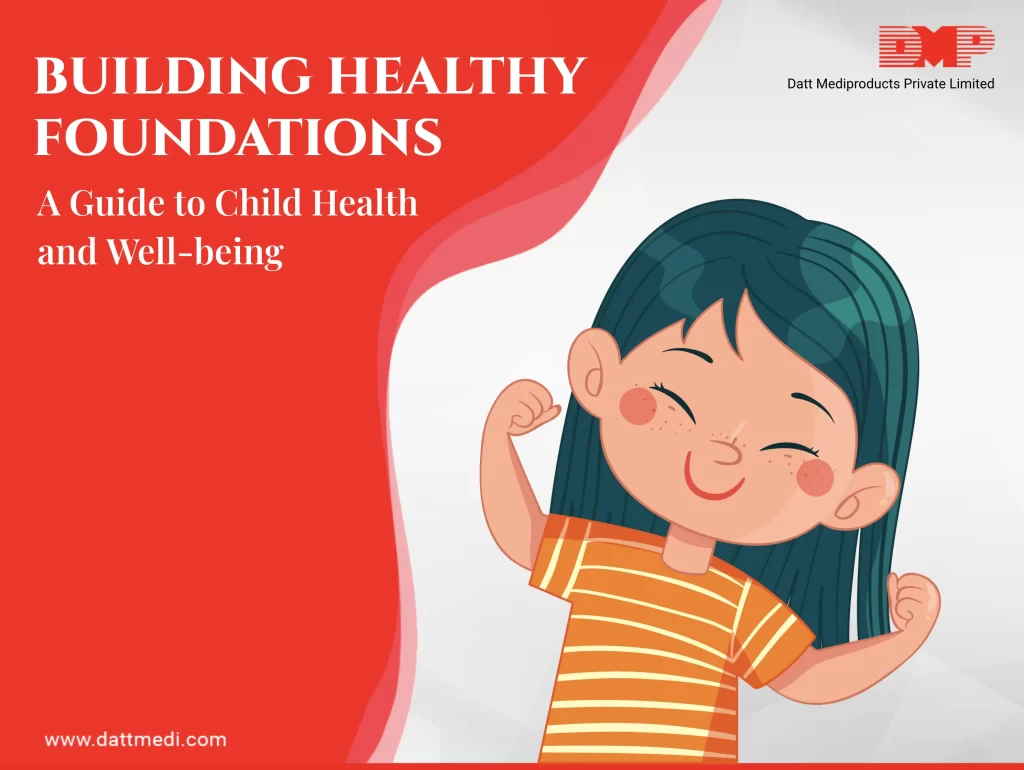
Tuberculosis is a potentially serious infectious bacterial disease caused by Mycobacterium tuberculosis. It mainly affects the lungs but other organs may also be involved.
TB is a contagious airborne disease. The germs spread through the air between the person with active Tb and everyone else, even if the TB positive person coughs, laughs, sneezes, or even talks to close. When a person breathes in TB bacteria, the bacteria settle in his/her lungs and multiply. The disease develops anywhere from a couple of days to a week after the infection is contracted.
Below are a few groups of people who are at a greater risk of becoming ill with TB:
- Infants and children aged less than 4 years
- People infected within the previous two years
- People infected with HIV
- People with a compromised immune system, such as those suffering from diabetes, HIV, chronic renal failure etc.
Do You Know?
TB is among the top 3 causes of death among women aged 15 to 44.
Symptoms
People with Pulmonary TB may have a bad cough lasting for more than 2-3 weeks. They may also feel pain in the chest and may cough blood or phlegm from deep inside the lungs. Weakness, fatigue, loss of appetite, weight loss, fever, chills or night sweats might be the other symptoms of Tuberculosis.
Latent TB:
An individual may have a Latent TB that is when the TB bacteria are in their body, but it is in a dormant state so he/she will not feel sick and will not have any symptoms. But inactive TB can always turn into active TB so treatment is still very important even in latent TB.
Do You Know?
Latent TB affects about one-third of the world’s population.
Can TB be treated?
TB is a curable disease when the medicines are provided and taken properly. As per WHO, around 53 million people have been diagnosed and treated successfully since 2000. An active TB disease can be treated with a standard 6-month course of 4 antimicrobial drugs taken exactly as required.
Do You Know?
A person with untreated TB can pass the infection to 10-15 other people, each year without knowing.
DOT (Directly Observed Treatment)
Tuberculosis can be completely cured following a short chemotherapy course. An effective strategy called DOTS or Directly Observed Treatment Short course, has been designed to achieve elimination of TB from a population. Under this strategy, sputum-smear positive TB patients are treated at the source.
DOTS is a highly efficient and cost-effective strategy recommended at international levels. It involves the following 5 components:
1. Appropriate support and resources need to be provided by the govt. ensuring proper control of the disease.
2. Chest diagnosis by quality measures like sputum smear microscopy to find patients with TB infection.
3. The third component ensures the right drugs are provided to the patients at the right time and the course is completed. Known as the Standardized short-course anti-TB treatment (SCC) given under direct and supportive observation (DOT).
4. DOT scheme also ensures that the quality treatment is available to the patients without any interruption.
5. The last component keeps a track record and reports of all the patients to monitor the overall performance of the DOT scheme.
Prevention
Prevention is better than cure. Although this is not 100% sure in the case of TB, however, there are a few ways in which the spread of the disease can be reduced.
– Vaccination: The BCG (Bacille Calmette-Guérin) is the only licensed vaccine against TB. It is effective in preventing TB for almost 15 years. It is more effective in children.
– Early Diagnosis: TB can be life-threatening if left untreated. The sooner it is diagnosed, the better it can be treated. Proper and sooner treatment also prevents it from passing on to others.
– Maintain a Healthy Immune System: Healthy immune system is the best defence against TB bacteria. 60% of the adults with a healthy immune system don’t get active TB.
– Manage Your Environment: TB is an airborne disease and maintaining proper ventilation, natural light and good hygiene conditions can help reduce the chances of infections.
We Datt Mediproducts recommend completing the entire antibiotics course to avoid resistance. We also support the Indian Government’s aim to eradicate the disease by 2025.
Follow us on channel @DattMediproducts for more such informative blogs.




